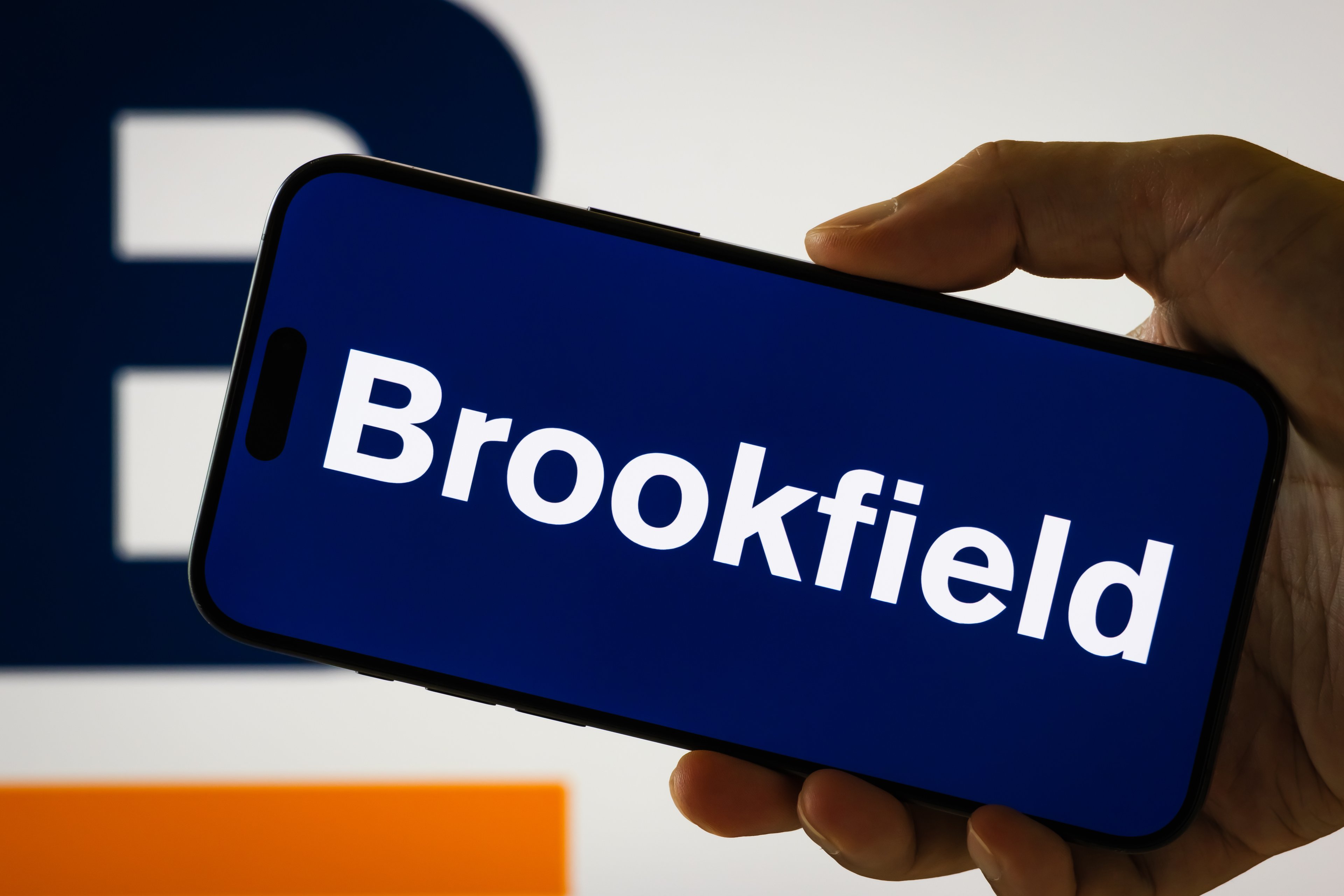Investors looking for ways to pad their passive income stream with dividend stocks typically have two basic options. You can choose dividend payers that offer high yields, but these stocks tend to raise their payouts slowly, if at all. On the other hand, you could buy shares of businesses expected to raise their payouts quickly. Unfortunately, rapid payout raisers tend to offer yields that are less than the risk-free interest rate you can receive from a basic savings account.
If you're not excited about low-yield payout growers or risky high-yield stocks, I've got good news. Brookfield Infrastructure (BIPC +0.52%) is a highly reliable dividend grower that offers a juicy 4.3% yield at recent prices. Here's why it looks like a perfect dividend growth stock for folks who want to see their payouts grow but can't accept low yields up front.

Image source: Getty Image.
A perfect foundation for steadily growing dividend payments
Every day, millions of workers rely on Brookfield Infrastructure's massive portfolio of utility, energy, transport, and data-related assets to do their job. Whether it's pipelines that deliver natural gas, fiber optic cables that deliver data, or shipping containers that carry goods, demand for the assets this company invests in is reliable.
With heaps of assets subject to depreciation and amortization, funds from operations (FFO) is the preferred metric for evaluating Brookfield Infrastructure's cash flows from one period to another. Income-seeking investors adore this business, because about 85% of FFO comes from regulated utility businesses and entities that sign long-term contracts.
The company targets a payout ratio between 60% and 70% of FFO. Despite raising its payout by 8% annually over the past 12 years, the latest dividend payment was in the preferred range at 68% of FFO generated during the quarter. That means raising the dividend payment at roughly the same pace as the company's bottom line shouldn't be a problem.
Brookfield Infrastructure's dividend payout has grown by 8% annually over the past 12 years. Continuing at this pace probably won't be a problem. If we adjust for foreign exchange rates, second-quarter FFO rose by 9% year over year.
Second-quarter FFO that grew 9% year over year hit the top end of Brookfield Infrastructure's expected growth rate over the long term. If it can maintain this pace, the dividend payments that freshly acquired shares deliver could double in about eight years.

NYSE: BIPC
Key Data Points
Two avenues for growth
Brookfield Infrastructure has investment-grade credit ratings from the major rating agencies. It's also a subsidiary of Brookfield Asset Management (BAM +2.07%), a leading alternative asset manager with over $1 trillion in assets under management.
Brookfield Infrastructure's parent boasts an "A" credit rating from Fitch, and an "A-" rating from S&P Global. Over the past 12 months, Brookfield Asset Management raised a whopping $97 billion in capital, which gives Brookfield Infrastructure a lot of opportunities to acquire new assets.
Brookfield Infrastructure recently acquired 5,500 miles of pipelines capable of transporting 2.5 million barrels per day of refined products between Texas and New York. The company expects enough profit from the pipeline to repay its principal investment in about seven years. Operating this pipeline seems like a great way to generate a profit, but it isn't Brookfield's only option. In the first seven months of 2025, the company sold nine assets for proceeds of around $2.4 billion.
Brookfield Infrastructure refers to selling assets it's developed as a capital recycling program. Whatever you want to call it, it's been a tremendous source of profit. For example, the company recently sold a stake in its U.K. ports operation for $385 million, which was 7.5 times more than it paid in 2009. That works out to a 19% internal rate of return.
With Brookfield Asset Management at its back, Brookfield Infrastructure doesn't just get the benefit of cheap and plentiful capital. It also has access to around 2,500 investment professionals who have their fingers on the pulse of the alternative-asset landscape. Continued growth at the top end of management's expected range of 5% to 9% isn't guaranteed, but it isn't an entirely unreasonable expectation either. For most investors, adding some shares of this stock to a diverse portfolio now and holding them indefinitely looks like the right move.








